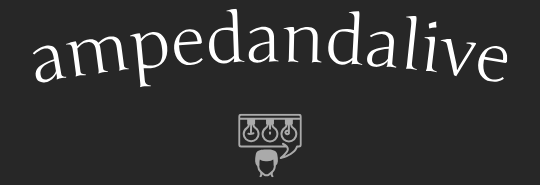Unveil the Mysteries of Ancient Fertility Statues
A Glimpse into Ancient Beliefs: The Significance of Fertility Statues
Ancient fertility statues stand as enigmatic symbols of civilizations long past. These artifacts, often depicting exaggerated forms of the human body, hold deep cultural and religious significance. They were believed to possess mystical powers, capable of bestowing fertility and ensuring bountiful harvests.
The Divine Feminine: Goddesses of Fertility
Many ancient fertility statues are representations of goddesses associated with fertility, such as the Venus of Willendorf and the Mother Goddess of Çatalhöyük. These goddess figures were revered for their ability to bring forth life, nurture crops, and ensure the prosperity of communities.
Rituals of Fertility: The Role of Fertility Statues in Ancient Ceremonies
Fertility statues played a central role in ancient rituals and ceremonies dedicated to fertility and abundance. These ceremonies often involved offerings, prayers, and dances performed in honor of the fertility deity represented by the statue. The belief was that through these rituals, the goddess’s blessings would be bestowed upon the people.
The Power of Symbolism: Exploring the Iconography of Fertility Statues
The exaggerated features of ancient fertility statues hold symbolic meanings. The ample breasts and swollen bellies of the figures symbolize fertility and abundance. The emphasis on these aspects of the body served as a visual representation of the desired outcomes: plentiful offspring, healthy crops, and prosperous communities.
Variations Across Cultures: Diverse Forms of Fertility Statues
Fertility statues take on diverse forms across cultures and regions. From the voluptuous forms of the Venus figurines to the animal-human hybrids of ancient Mesopotamia, each culture imbued its fertility statues with unique symbolism and meaning. These variations offer insights into the diverse beliefs and practices of ancient peoples.
A Link to the Divine: Fertility Statues as Sacred Objects
In many ancient cultures, fertility statues were considered sacred objects imbued with divine energy. They were often housed in temples or shrines dedicated to fertility deities, where priests and priestesses performed rituals to honor and invoke their powers. The statues were believed to serve as a direct conduit to the divine, bridging the gap between the earthly realm and the realm of the gods.
Legacy of Fertility: Influence on Art and Culture
The influence of ancient fertility statues extends beyond their religious significance. They have left an indelible mark on art and culture, inspiring artists, poets, and thinkers throughout history. From the Renaissance to the modern era, artists have drawn upon the symbolism of fertility statues to explore themes of femininity, abundance, and the cycle of life.
Unearthing Ancient Treasures: Discoveries of Fertility Statues
Archaeological excavations continue to unearth ancient fertility statues, offering new insights into ancient beliefs and practices. These discoveries shed light on the role of fertility in ancient societies, as well as the artistry and craftsmanship of the sculptors who created these timeless artifacts.
A Symbol of Resilience: Fertility Statues in Modern Context
Today, ancient fertility statues continue to captivate and intrigue, serving as reminders of the enduring human desire for fertility and abundance. They stand as symbols of resilience, reminding us of the ancient beliefs and practices that shaped the course of history.
Fertility in Art and Beyond: Exploring the Legacy of Ancient Statues
As we delve into the world of ancient fertility statues, we uncover a rich tapestry of beliefs, rituals, and artistry. These statues offer a window into the hopes, fears, and aspirations of ancient peoples, while also inviting us to reflect on our own connections to fertility, abundance, and the cycles of life. Read more about ancient fertility statue

